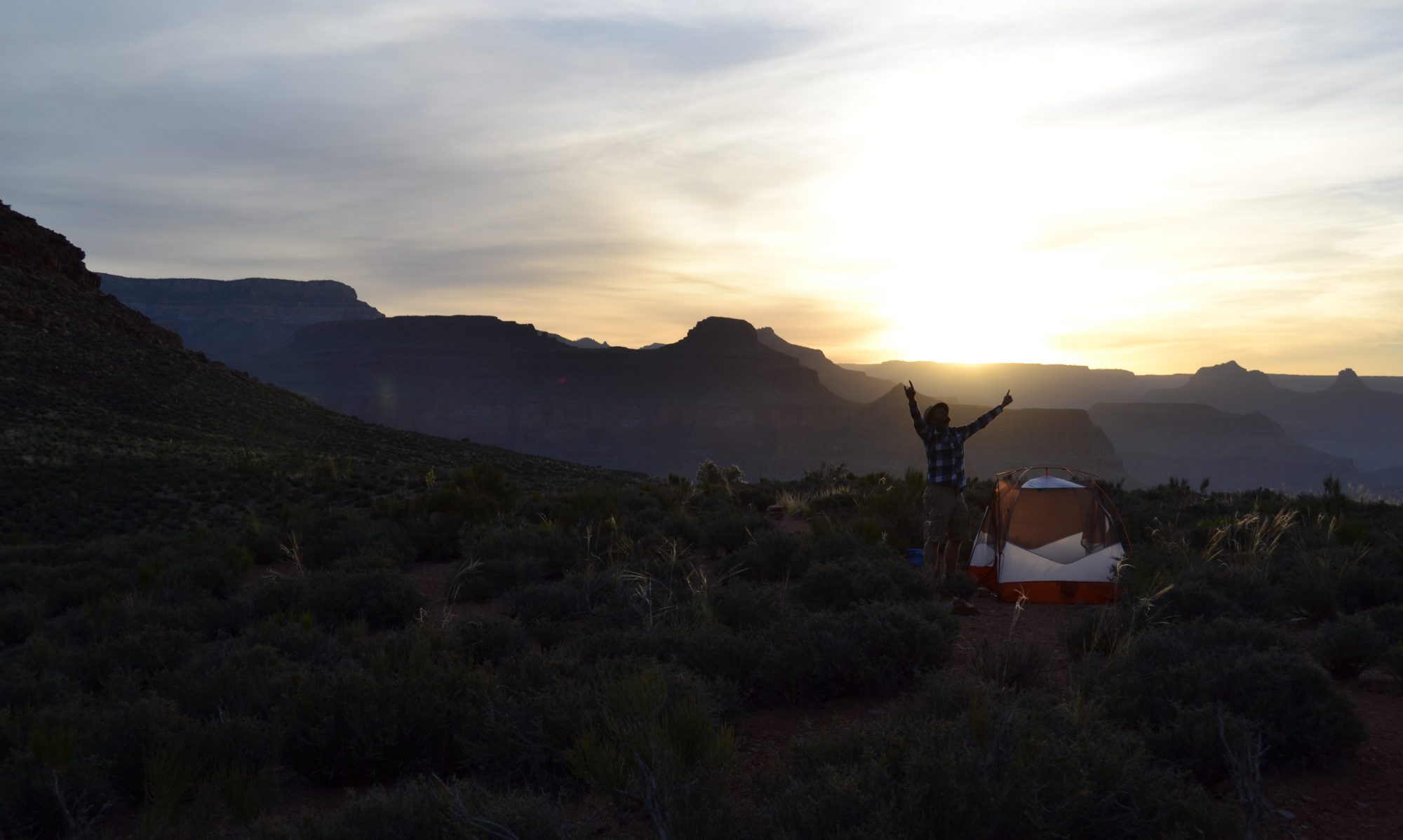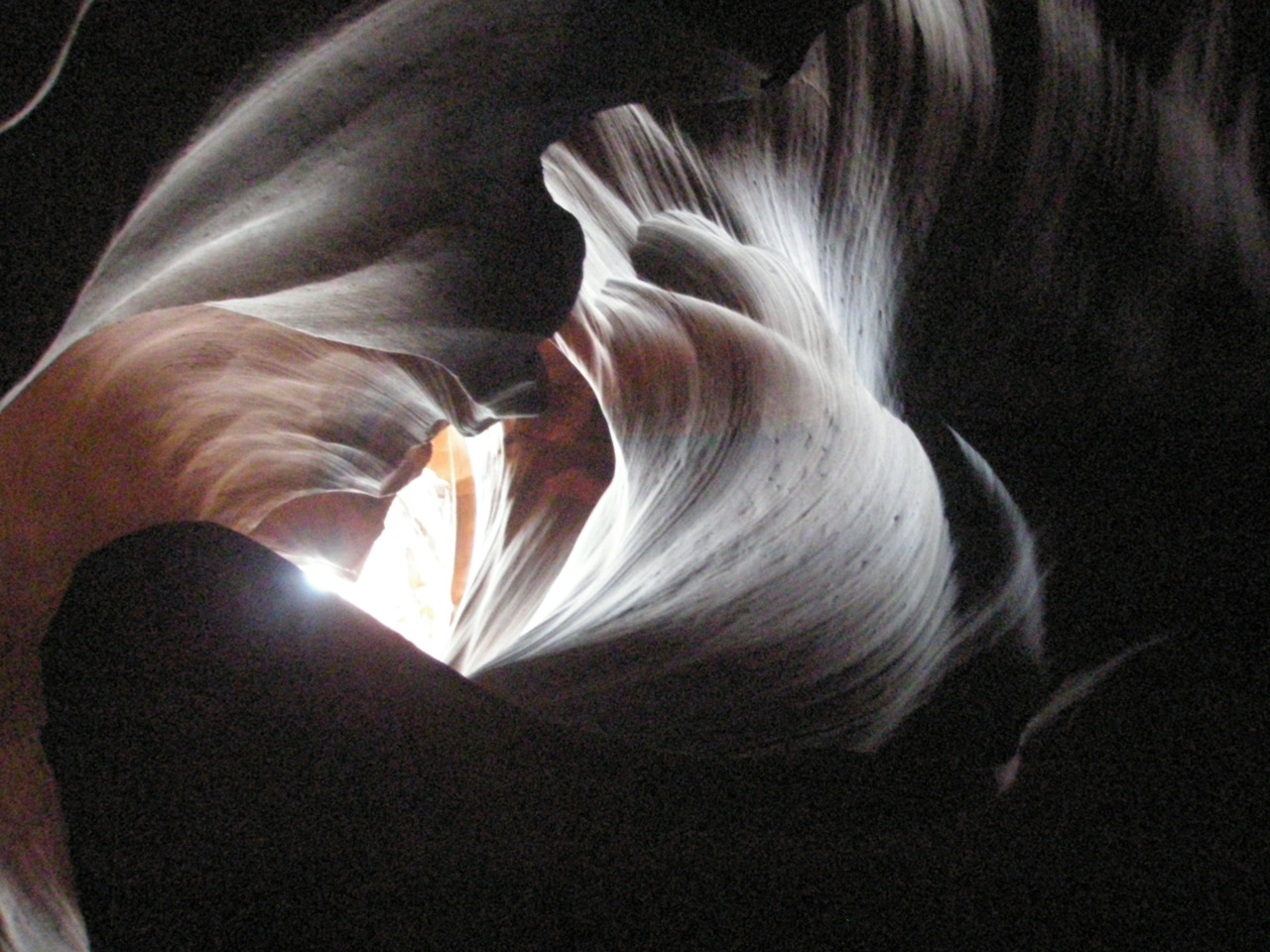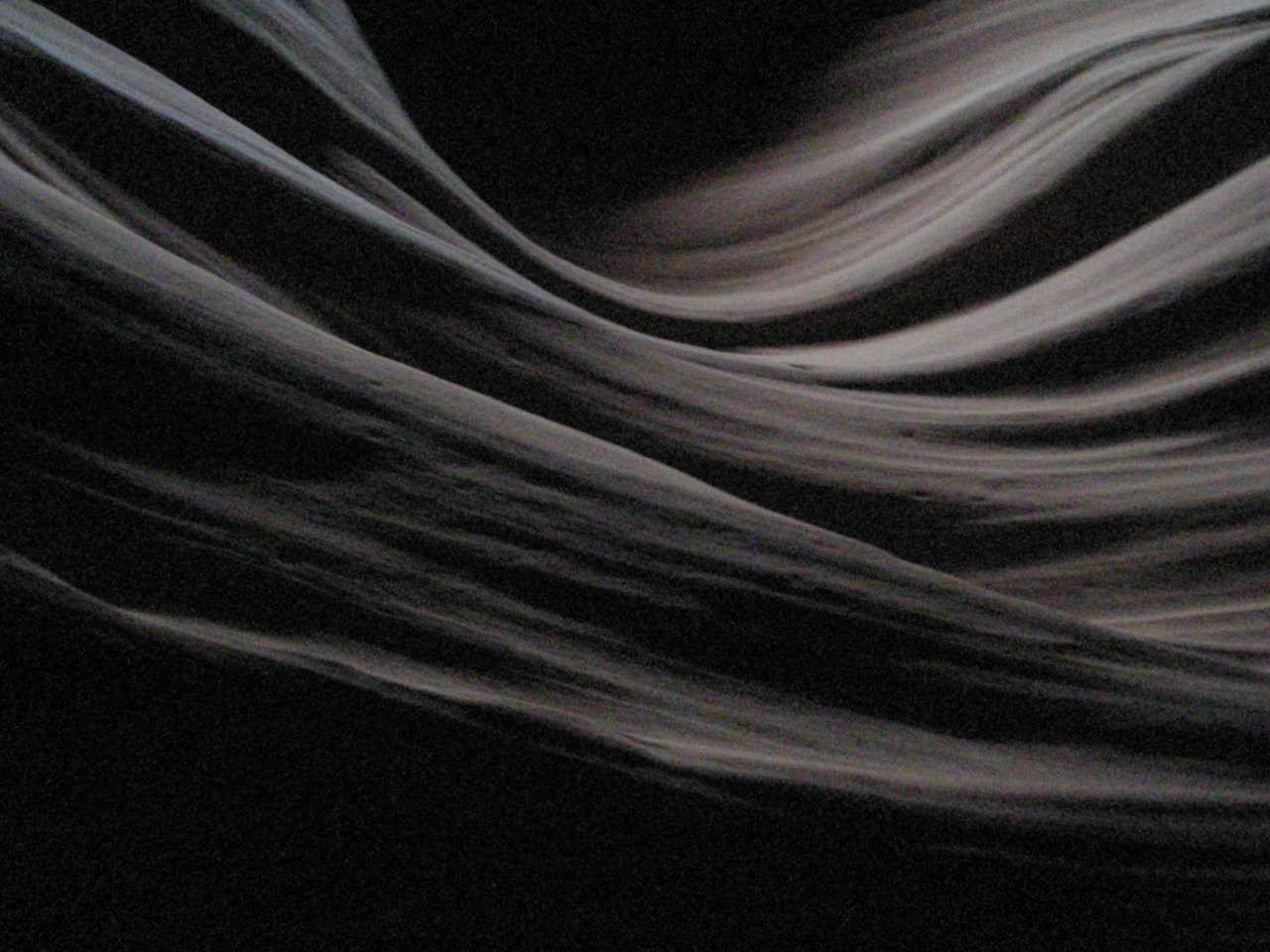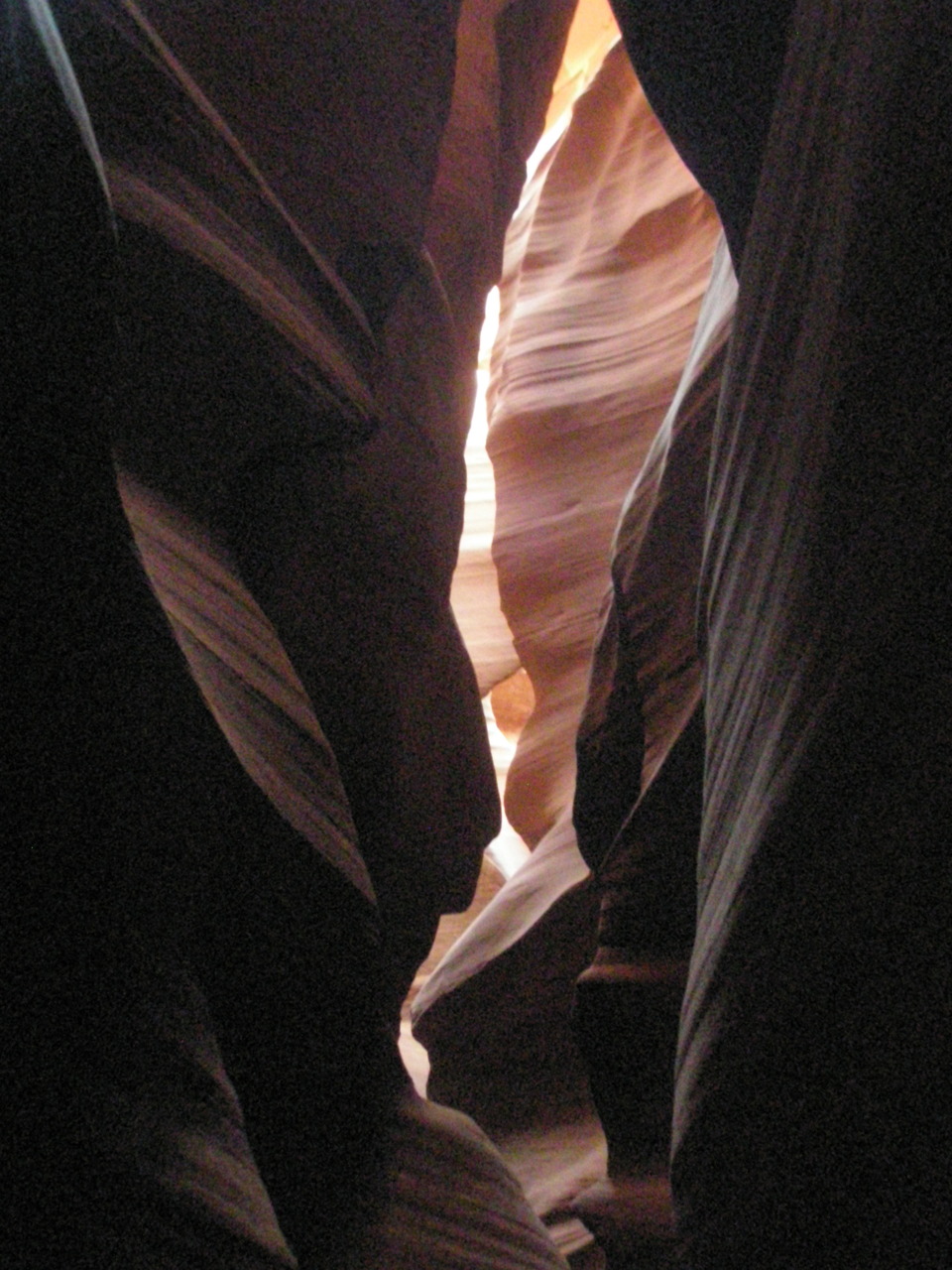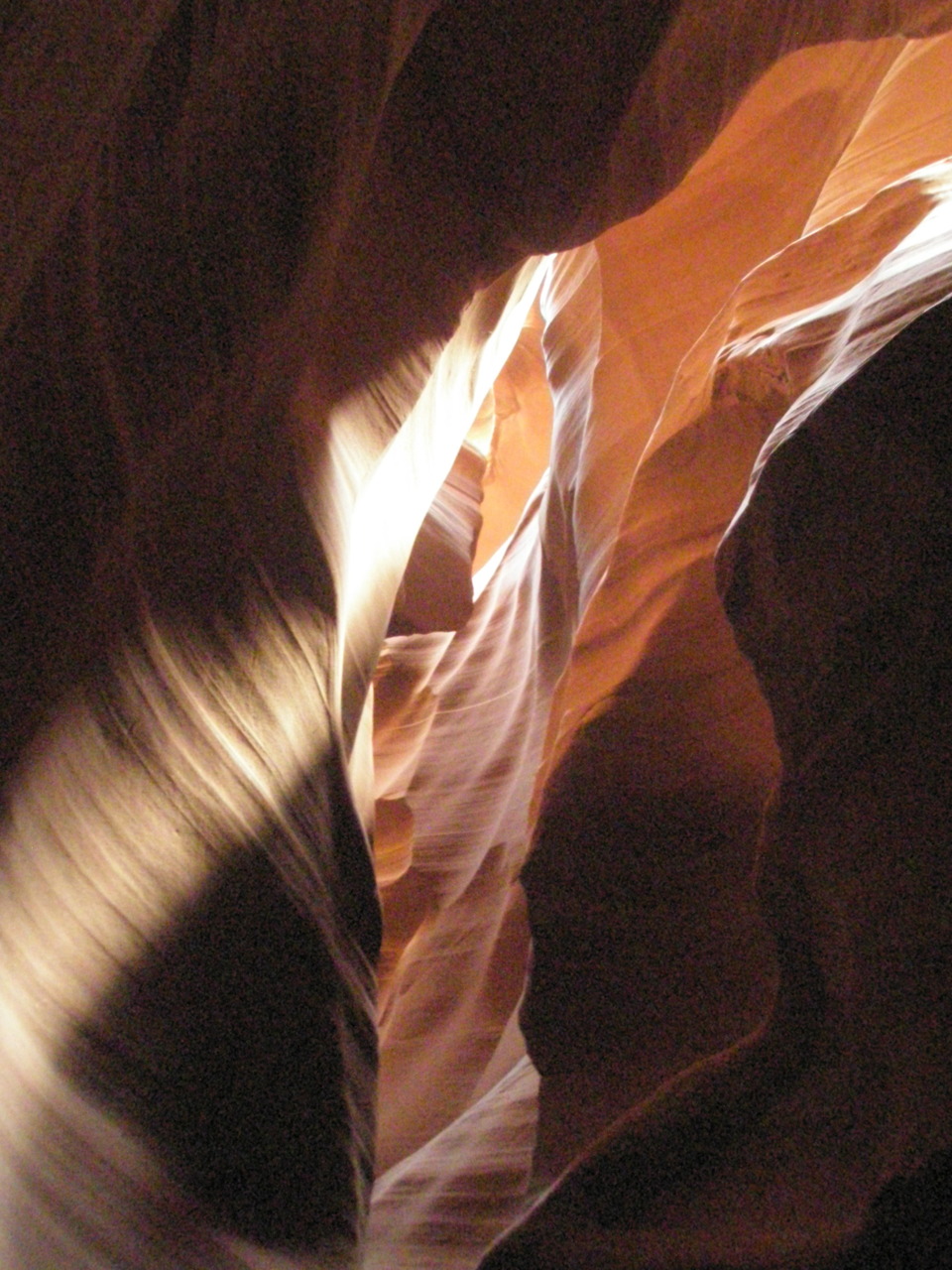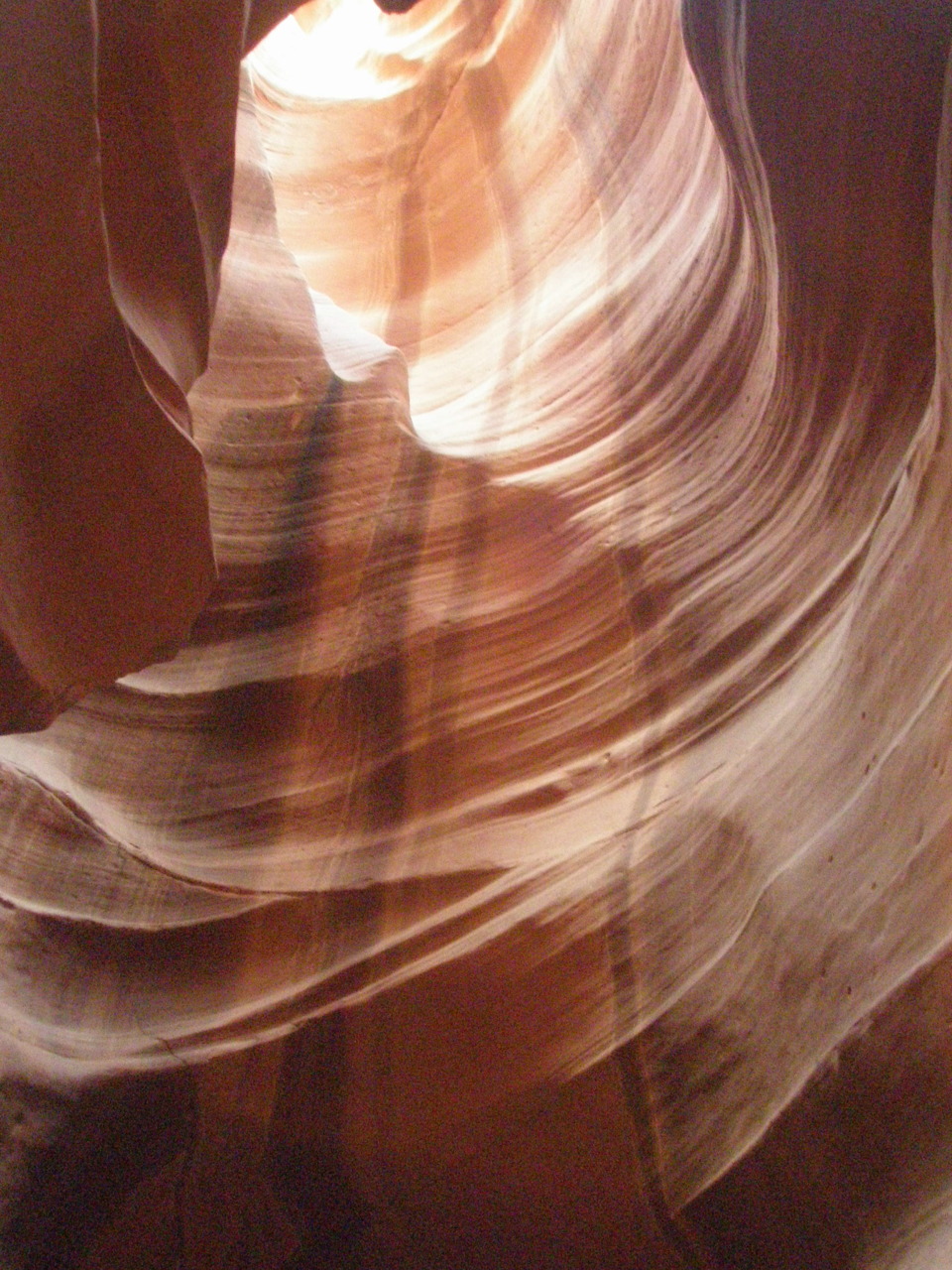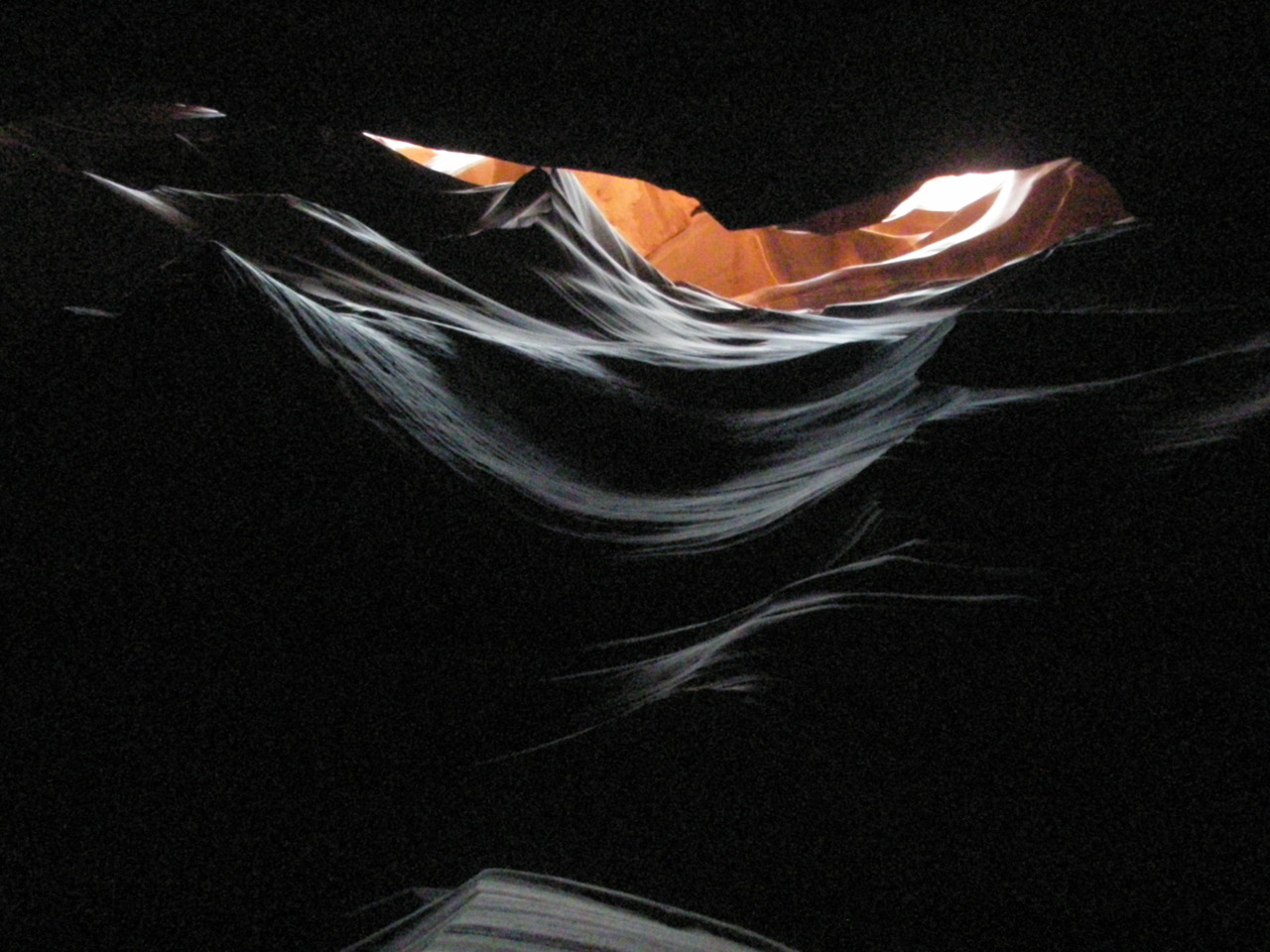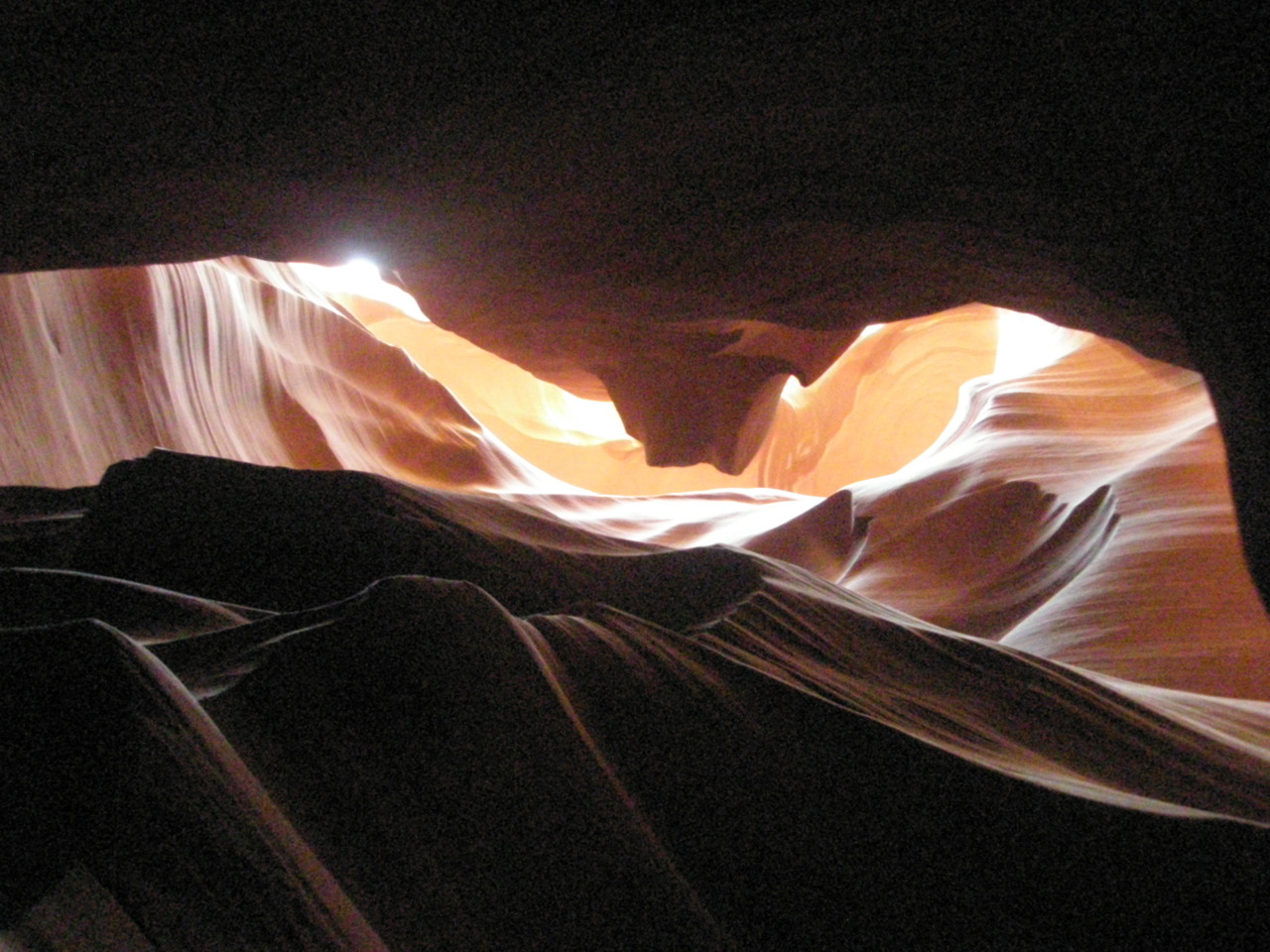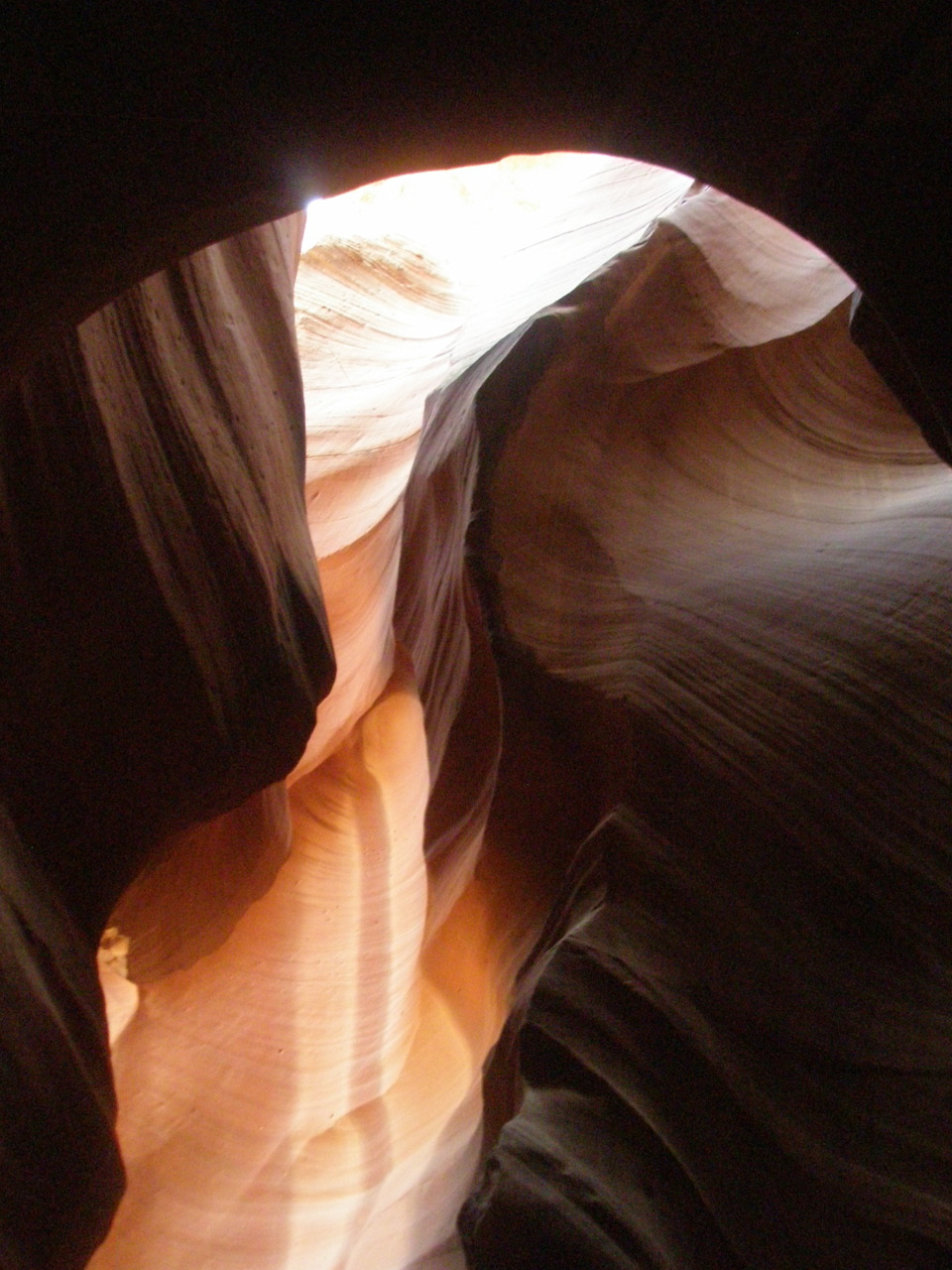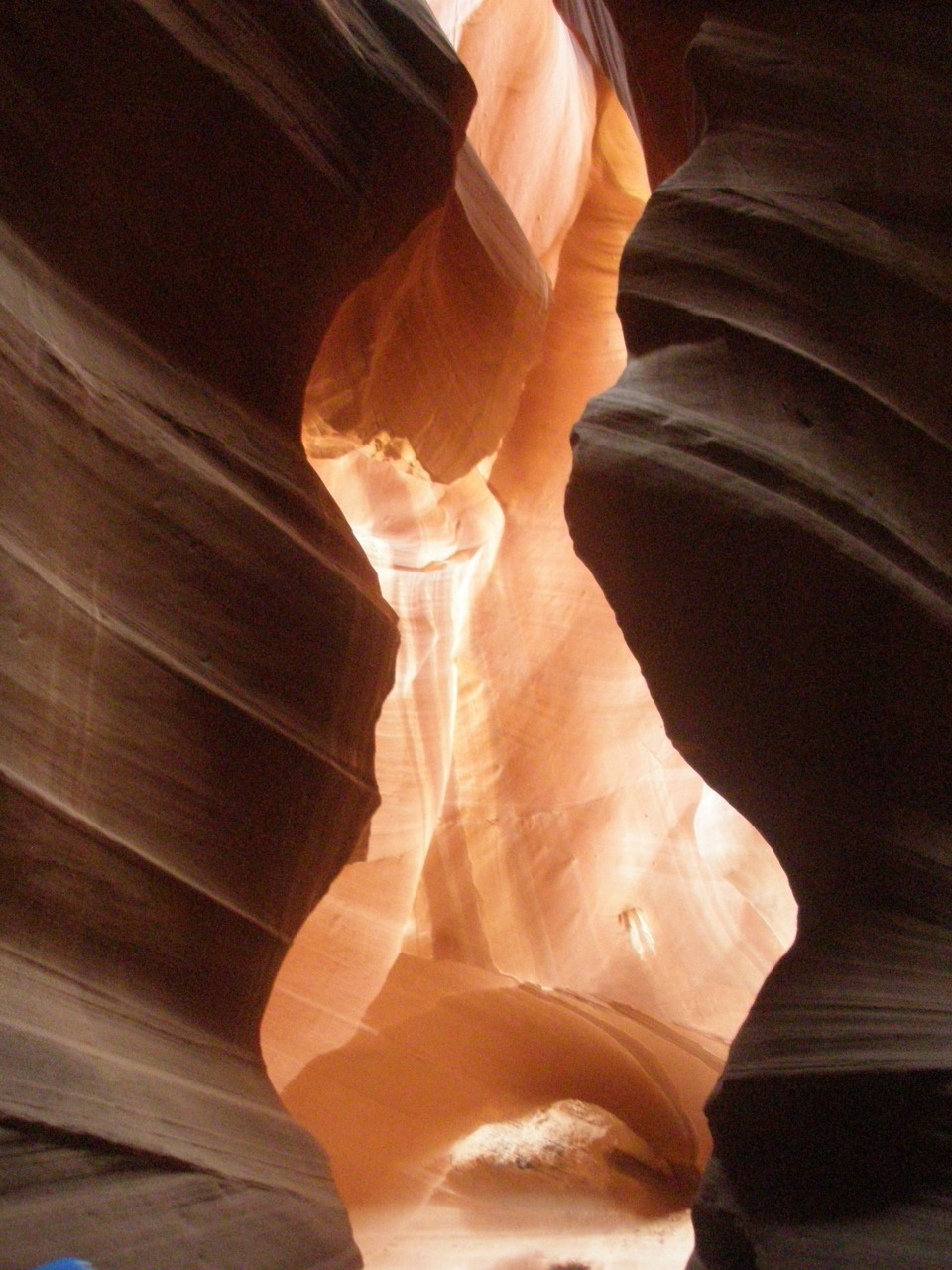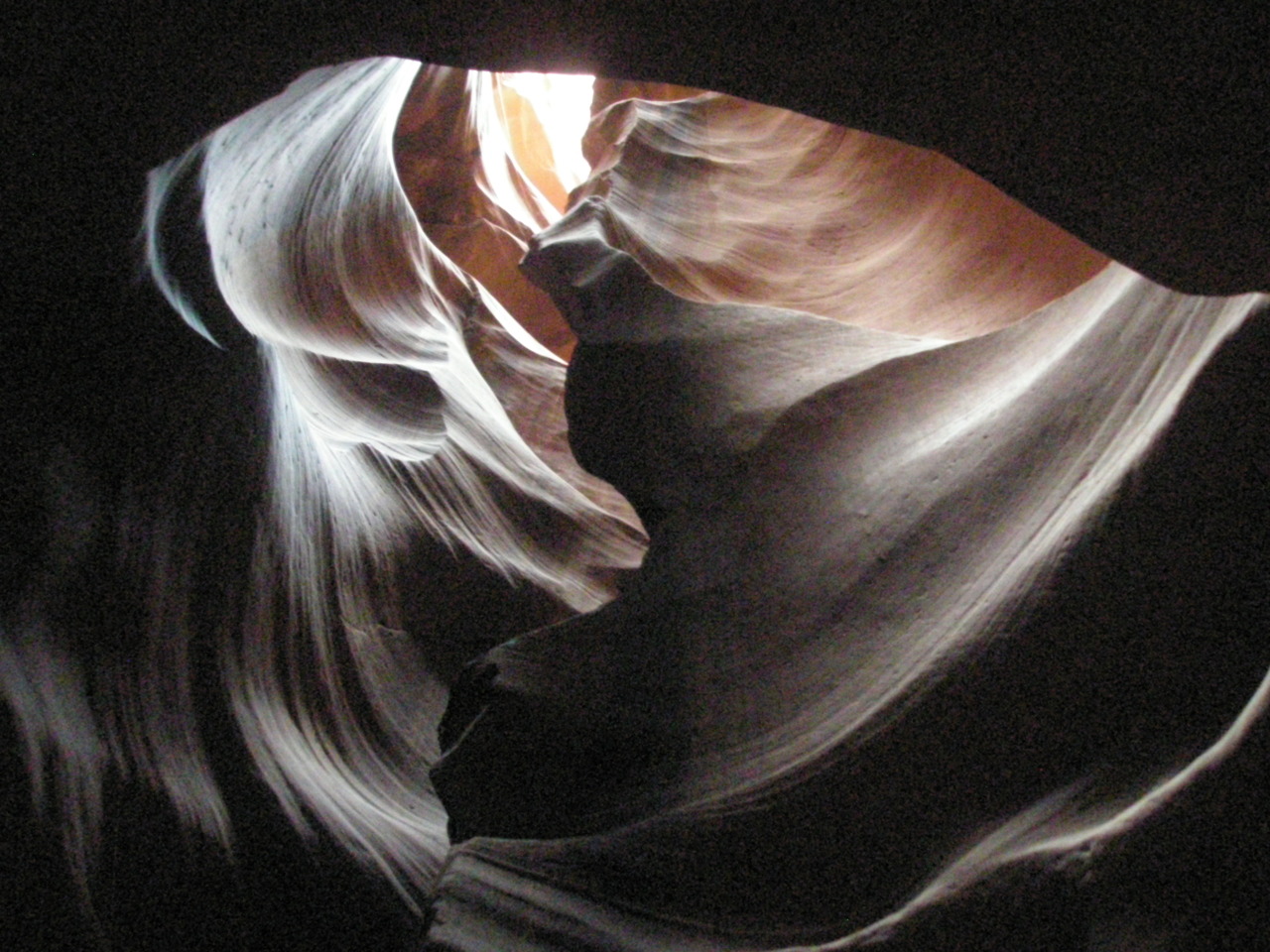8/19
Antelope Canyon
I drove furiously from the Grand Canyon to a little town called Page in Arizona. My destination was antelope canyon, a small slit amongst the towering red rocks on the Navajo reservation that cannot be easily described in words, but is instantly recognizable in pictures. But I didn’t realize you needed a reservation. Misuse of the canyon decades ago lead to the Navajo reclaiming their pride and requiring a permit and an official tour guide. So I booked one at the earliest possible time the next morning.
Time is incredibly relative. Like I am really quite surprised Einstein did not live on the border of a time zone. My tour was at 8am, so I arrived at 7:30 to check in. Or at least I thought I did. The Hoover Dam was the split between Pacific Time and Mountain Time – it even had nicely displayed clocks on either side of its state border. So I had thought I was in the clear – and, in any event, my cell phone always knew what was up. But no, a nice Navajo man soon explained to me that the reservation was on one time zone (the correct time zone) but Page (where my tour was meeting) was in another. I had an hour to kill. I didn’t know what to do with myself; I honestly hadn’t had a spare hour in days. So I cleaned out my car and threw out two bags worth of trash that had really begun to smell a couple days ago. And I read my book, tucked away in the enveloping cushions of a coffee shop sofa.
The Navajo really liked me. Like a lot. I was hit on by at least three of the tour guides shuffling everyone into the canyon. Which, to be honest, as long as they didn’t take it too far, was fine by me. I got to be the first person on the first tour of the day. While everyone else had pictures filled with other tourists, my guide was showing me every single good photo-op first – alternating between exclaiming “this is how we take pictures”, “move along!”, “stay in the shadows”, and this is where National Geographic shoots. It was wonderful.
The Canyon itself is quite fascinating. The characteristic curving streaks of hardened sand were formed from the erosive powers of water. There are two major ways to die in the desert: dehydration or drowning. In monsoon season, the sand, unadjusted to soaking up any water, is suddenly overcome with rain and Hortonian overland flow commences. In the canyon, the flooding is at first deceptively low as its narrow crevice causes water to momentarily back up – but then it rushes through with an intensely powerful force. Several years ago 11 tourists died in one of these flash floods. A couple of days before I arrived a flood had occurred, sweeping away about three feet of sand according to my guide – new rocks and crevices were being uncovered and formed daily. In the upper reaches of the slot, trees trunks are nudged in small corners – but there aren’t any trees within a ten-mile radius. Two, two-inch holes bored in the side of the canyon had been for a National Geographic team wanting to videotape these interesting flash floods – except, my guide laughingly explains, they didn’t know the difference between the small flood and large flood. When a large flood came through, the camera was knocked from its drilled mount, completely destroyed, and recovered miles away. (Which seems a little sad that an anthropologically minded magazine did not have the sense to employ native knowledge.)
Soon my hour in this wonderland was up, and I piled back into the padded bed of the four-wheel drive truck, laughing hysterically as my driver and another began racing each other through the soft sand. When I got back to my car, instead of dumping out my shoes, I carefully drained the gorgeous sand from my purple converse into a small plastic bag.
